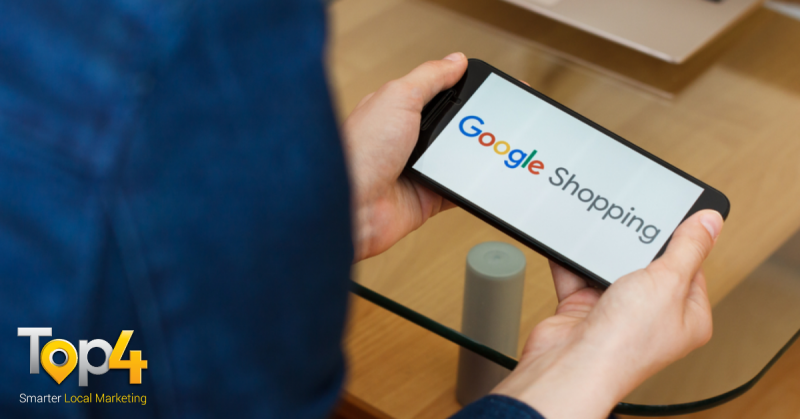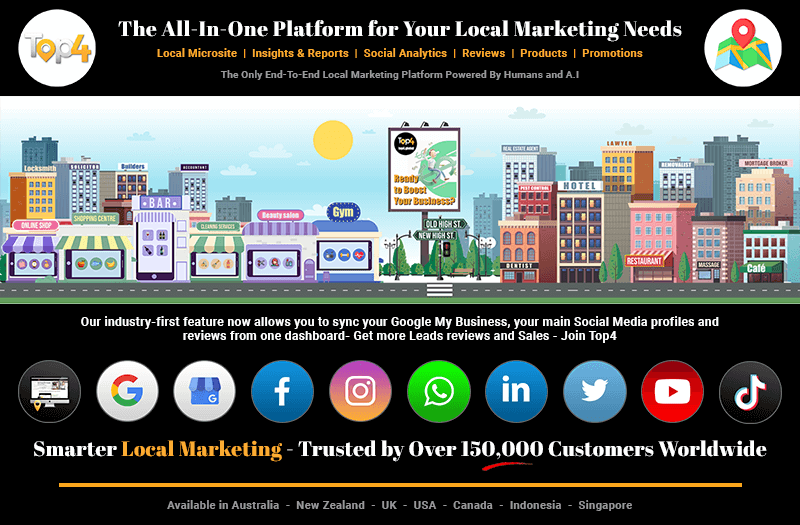
There had been countless rumours about search engine optimisation (SEO) losing its relevance over the years. Then the 2020 pandemic happened. So the joke is on whoever it was that started the rumours. Businesses doubled down on their SEO efforts. Announced Google algorithm updates became more important than ever. And so did adherence to SEO best practices.
As a result, businesses turned to their invaluable assets, i.e. their websites, and reevaluated their SEO, top to bottom. Now, after almost two years, we’re looking back at what has changed and what it means for SEO and how to set our course for the future.
In welcoming 2022, here’s what you need to know about how to leverage search engine optimisation.
The need for speed
SEO is now more technical than before. While technical SEOs aren’t expected to have top-notch coding skills, working knowledge of how Google’s algorithm works is a must. That’s become ever more apparent with the rollout of the Core Web Vitals.
Launched in June 2021, Core Web Vitals have since been used as ranking signals. In short, they measure and evaluate the speed, responsiveness and visual stability of websites.
So what’s exactly new about this? Google took it up a notch and made it a ranking signal. In other words, websites can now get a lower ranking score if they don’t abide by the prescribed (we called them “best”) practices.
As Core Web Vitals rolled out as part of the Page Experience Update, which was completed in August 2021, websites are only now seeing the effects and making informed decisions for the next year.
Mobile is a big deal

It’s highly unlikely that a website would be able to rank at all in 2022 without a mobile-friendly website. So if your website is not mobile-friendly, don’t expect to make any profit. SEOs have known about Google’s intentions to prioritise mobile versions of websites in search (even on desktop!) since 2016. In the meantime, mobile-friendly versions of all new websites started being indexed first by default in 2019.
Interestingly enough, we’re now in 2021 and yet not all websites have been moved to mobile-first indexing. This is why the SEO community expects to see more updates in this area in 2022. In fact, 90% of all internet users surfed the web on their mobile devices according to the latest statistics. That’s quite a dramatic piece of statistics to ignore.
Combining image and text searches
Long gone are the days of tweaking your copy with a few keywords, and securing a decent ranking spot. Luckily for creative marketers, Google continues to make things more playful with its AI milestones. The recent one is, somewhat unimaginatively, called the Multitask Unified Model, or more playfully shortened – MUM.
MUM will be introduced as an update to Google Lens and it will combine images and text into one search query. MUM will make Google Lens even more interactive than . Not only will users be able to search with their phones, but also to type-specific questions related to the image.
Behind this milestone stands Google’s latest effort to stay relevant, seeing that other properties have taken over some of its core uses.
What that means for businesses are the following:
- Optimising images’ alt tags is no longer optional. Not optimising images may result in losing valuable (and free) organic traffic from bottom-of-the-funnel leads.
- Geotagging images, especially product images, can maximise the potential of local SEO. Around 46% of all Google searches are local searches. So geotagging product images means customers in your area are likely to discover your products not only if they searched for similar or matching products, but also if they’re in or near your local area.
Not optimising images may result in losing valuable (and free) organic traffic from bottom-of-the-funnel leads.
The days of voice search are here
The use of voice assistants will likely be used in roughly 55% of households by 2022? The fact that voice assistants have “infiltrated” our homes, our safe and private spaces should be proof enough that voice search is becoming a reality. What’s more, a study reveals that almost 60% of internet users use voice search to find local businesses.
Voice search isn’t exactly news. But we now have more reasons to believe it’s become more important in 2022. Firstly, Google rolled out the BERT update in 2019, employing the neural network-based technique for natural language processing (NLP) to enable a better understanding of search intent, not just the meaning of search queries. And now we have MUM, which Google says is “1,000 times more powerful than BERT.” It all points towards the fact that Google algorithm is getting more efficient at understanding conversational language. These are clear efforts on Google’s part to make voice search a reality.
What does this mean for businesses? Simply put, businesses should make their content more conversational in nature. In practical terms, this means creating more FAQ and how-to content, optimised not for a two-word search query, but the actual questions users ask in search.
Optimising for zero-click searches
Zero-click search is one of the more interesting search phenomena. You know what a featured snippet is. It’s the box right at the top, containing an image and a text paragraph or a few bullet points, with an image or video that Google displays when you perform a search. The logic behind a featured snippet is that users don’t have to click through to a website to find the information they need. Google makes it easier for them to find the information immediately after performing a search.
Why is this relevant? A study showed that almost 50% of all searches are zero-clicks. Furthermore, if Google sees featured snippets as directly improving the searchers’ experience, optimising for zero-click searches means getting into Google’s good books.
Ethics lesson in link builders

Marketers, and especially SEO experts, could easily be divided into two broad groups: those who dread every Google algorithm update and those who do not.
But which group is more likely to have used black-hat SEO practices?
There’s actually no grey area here. This is what some SEOs still don’t understand. SEO practices are either black or white. Whatever practice that used to be frowned upon is now most certainly penalised.
So what does this mean in practice? It means that the time has finally come for some creative brand storytelling and organic content marketing. We’ve already seen SMBs featured on top-tier publications for free. That’s a divine amount of link juice from niche-relevant or nationally syndicated, prestigious news sites, obtained for zero external cost. This is where we circle back to the basic principle of SEO content strategy. We’re talking about obtaining backlinks in exchange for real value. In this case, it is strategically promoted original research and data storytelling assets that earn coveted backlinks organically. And 2022 will definitely see more companies leverage these tactics.
Google Shopping

In the words of Google’s Bill Ready, Google developed the Shopping Graph with the aim of “supporting an open network of retailers and shoppers to help businesses get discovered and give people more options when they’re looking to buy.”
Now that Google taking online shopping more seriously, businesses have a new channel to explore when promoting their products in 2022. Hailed as another AI milestone, the Shopping Graph works in real-time. It’s also supposedly able to understand a constantly changing set of product information, inventory data, sellers, brands and reviews.
Optimise accessibility
Whether you run an online business or use your website for lead generation, you want to reach as many people as possible. This is where Web Content Accessibility Guidelines (WCAG) come into play. While not a ranking factor, optimising for web accessibility helps reach audiences that might otherwise be completely left out.
As a business owner, you can make a tangible impact by optimising accessibility. With AI solutions on the rise and likely to explode in 2022, why not ensure that a wider audience can make informed decisions about our products and services?
To find out how we can help you with your Website + Marketing, using our unique location marketing platform called Top4, get in touch today at www.top4marketing.com

Looking to build customer loyalty through social media? Don’t forget to add your business to Top4.com.au
List your business, create your own digital store to sell goods and services, and share posts on social media. Promote your business on Google instantly! Should you need help with local digital marketing then view our new Google Marketing Platform and services Top4 Marketing
Get Found On Google Promote Your Website, Reach local customers today!
Our Digital Marketing Agency Services Across All Industries Include Search Engine Optimisation (SEO), Google Marketing, Website Design, Corporate Web Development, and local location-based marketing using our own Google Marketing Platform!
Engage A Social Media Agency For Only 1/3 The Cost Of Employing A Social Media Manager…LET’S TALK!




